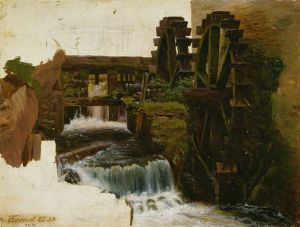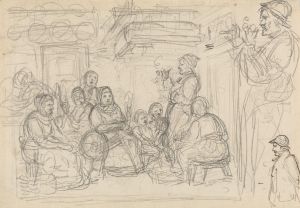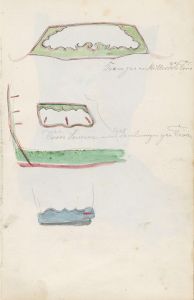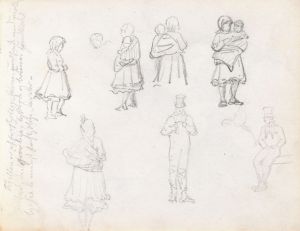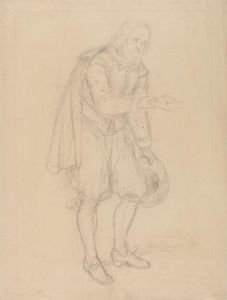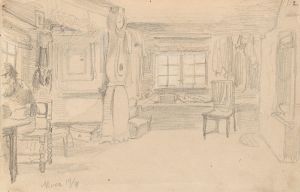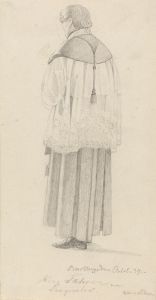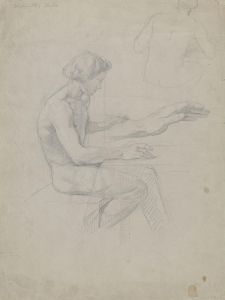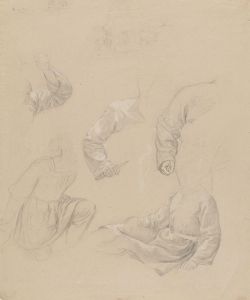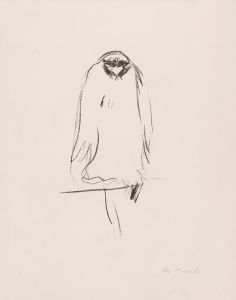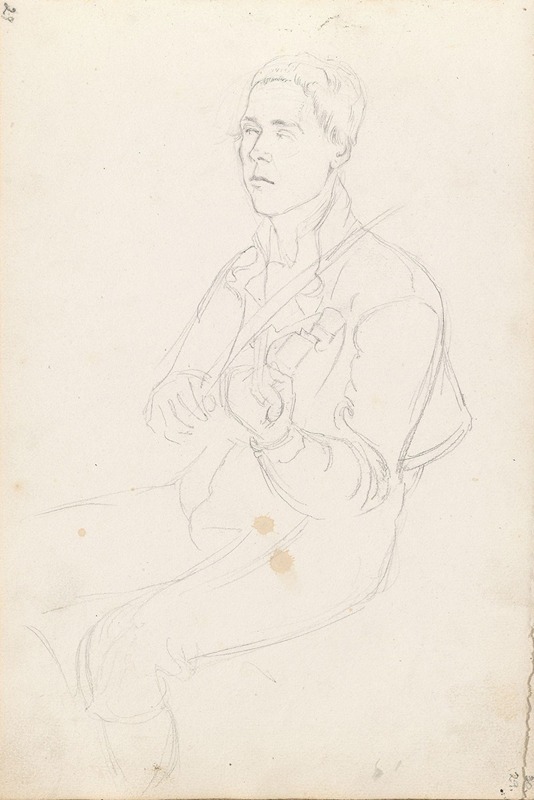
Felespiller
A hand-painted replica of Adolph Tidemand’s masterpiece Felespiller, meticulously crafted by professional artists to capture the true essence of the original. Each piece is created with museum-quality canvas and rare mineral pigments, carefully painted by experienced artists with delicate brushstrokes and rich, layered colors to perfectly recreate the texture of the original artwork. Unlike machine-printed reproductions, this hand-painted version brings the painting to life, infused with the artist’s emotions and skill in every stroke. Whether for personal collection or home decoration, it instantly elevates the artistic atmosphere of any space.
Adolph Tidemand (1814–1876) was a prominent Norwegian painter known for his contributions to the Romantic Nationalism movement in Norway during the 19th century. His works often depicted Norwegian folk life, traditions, and rural culture, reflecting a deep interest in the country's national identity. Among his many paintings, Felespiller (translated as The Fiddler) is a notable example of his focus on everyday life and cultural heritage.
Felespiller portrays a fiddler, a central figure in Norwegian folk culture, as he plays his instrument. The painting captures the intimate and lively atmosphere of traditional Norwegian music, which was often performed during gatherings, celebrations, and dances. The fiddler, likely playing a Hardanger fiddle (a traditional Norwegian string instrument), is depicted with meticulous attention to detail, showcasing Tidemand's skill in rendering both the human figure and the cultural artifacts of his time.
The setting of the painting reflects a rural environment, consistent with Tidemand's interest in documenting the lives of Norwegian peasants. The artist's use of warm tones and naturalistic details creates a sense of authenticity and nostalgia, emphasizing the importance of music in the social and cultural fabric of 19th-century Norway. The painting is also significant for its role in preserving and celebrating Norwegian traditions during a period when the country was seeking to assert its national identity, following its union with Sweden in 1814.
Adolph Tidemand's works, including Felespiller, were widely appreciated during his lifetime and remain influential in Norwegian art history. His ability to combine artistic skill with ethnographic interest has made his paintings valuable both as works of art and as historical documents. Today, many of Tidemand's works are housed in museums and collections, including the National Museum of Art, Architecture and Design in Oslo, Norway.
While specific details about the creation date or the current location of Felespiller are not readily available, the painting is representative of Tidemand's broader oeuvre and his dedication to portraying the cultural life of Norway.





